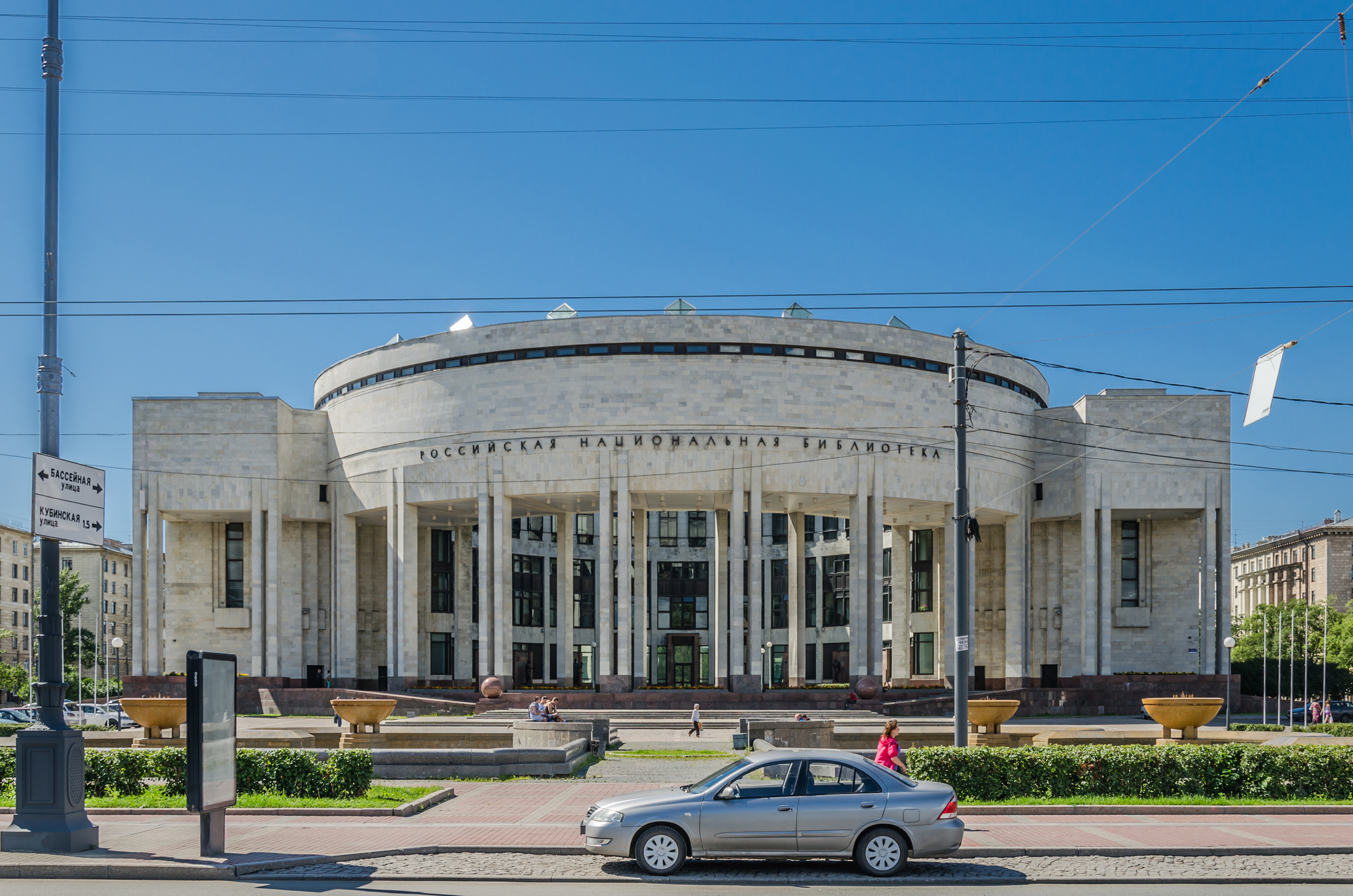Moskovsky Avenue on:
[Wikipedia]
[Google]
[Amazon]

 Moskovsky Prospekt (russian: Моско́вский проспе́кт, ''Moskovsky Avenue'') is a 10 km-long prospekt in
Moskovsky Prospekt (russian: Моско́вский проспе́кт, ''Moskovsky Avenue'') is a 10 km-long prospekt in

 Moskovsky Prospekt (russian: Моско́вский проспе́кт, ''Moskovsky Avenue'') is a 10 km-long prospekt in
Moskovsky Prospekt (russian: Моско́вский проспе́кт, ''Moskovsky Avenue'') is a 10 km-long prospekt in Saint Petersburg
Saint Petersburg ( rus, links=no, Санкт-Петербург, a=Ru-Sankt Peterburg Leningrad Petrograd Piter.ogg, r=Sankt-Peterburg, p=ˈsankt pʲɪtʲɪrˈburk), formerly known as Petrograd (1914–1924) and later Leningrad (1924–1991), i ...
, Russia
Russia (, , ), or the Russian Federation, is a List of transcontinental countries, transcontinental country spanning Eastern Europe and North Asia, Northern Asia. It is the List of countries and dependencies by area, largest country in the ...
. It runs from Sennaya Square
Sennaya Square
or Sennaya Ploshchad (russian: Сeннáя Плóщадь, literally: ''Hay Square''), known as ''Peace Square'' between 1963 and 1991, is a large city square in Central Saint Petersburg, located at the crossing of Garden Stree ...
and Sadovaya Street
Sadovaya Street or Garden Street is a major thoroughfare in Saint Petersburg, Russia, passing through the historic city center.
From east to west, it begins near the Field of Mars, crosses the Moika River at the First Sadovy Bridge, then pas ...
, to Victory Square, where it splits into the Pulkovo Highway and Moscow Highway. It crosses the Fontanka River
The Fontanka (russian: Фонтанка), a left branch of the river Neva, flows through the whole of Central Saint Petersburg, Russia – from the Summer Garden to . It is long, with a width up to , and a depth up to . The Moyka River fo ...
, Zagorodny Prospekt, Obvodny Canal
Obvodny Canal (russian: Обводный канал, lit. Bypass Canal) is the longest canal in Saint Petersburg, Russia, which in the 19th century served as the southern limit of the city. It is long and flows from the Neva River near Al ...
, and Ligovsky Prospekt. It is named for and leads to Moscow
Moscow ( , US chiefly ; rus, links=no, Москва, r=Moskva, p=mɐskˈva, a=Москва.ogg) is the capital and largest city of Russia. The city stands on the Moskva River in Central Russia, with a population estimated at 13.0 million ...
.
The prospekt began to develop as a part of the major route connecting the city with Moscow and south provinces. The original name of the prospekt was Tsarskoselskaya Doroga ("Route to Tsarskoe Selo") since it leads to imperial estates in Tsarskoye Selo
Tsarskoye Selo ( rus, Ца́рское Село́, p=ˈtsarskəɪ sʲɪˈlo, a=Ru_Tsarskoye_Selo.ogg, "Tsar's Village") was the town containing a former residence of the Russian imperial family and visiting nobility, located south from the cen ...
. In the 1770s, marble mileposts were installed along the way; many have survived to this day.
Among the historic buildings along the prospekt are the Saint Petersburg State Institute of Technology
Saint Petersburg State Institute of Technology (Technical University) (russian: Санкт-Петербургский Технологический Институт (Технический Университет)) was founded in 1828. It is o ...
, the New Smolny Convent with the adjacent Novodevichy Cemetery
Novodevichy Cemetery ( rus, Новоде́вичье кла́дбище, Novodevichye kladbishche) is a cemetery in Moscow. It lies next to the southern wall of the 16th-century Novodevichy Convent, which is the city's third most popular tourist ...
. The intersection with Ligovsky Prospekt features the Moscow Triumphal Gate
The Moscow Triumphal Gate (russian: Моско́вские Триумфа́льные воро́та, ''Moskovskiye Triumfalnye vorota'') is a Neoclassical triumphal arch in Saint Petersburg, Russia. The monument, built mainly in cast iron, was e ...
designed by Vasily Stasov
Vasily Petrovich Stasov (Russian: Васи́лий Петро́вич Ста́сов; 4 August 1769 – 5 September 1848) was a famous Russian architect, born into a wealthy noble family: his father, Pyotr Fyodorovich Stasov, came from one ...
and constructed in 1834-1838 to commemorate the victory in the Russo-Turkish War
The Russo-Turkish wars (or Ottoman–Russian wars) were a series of twelve wars fought between the Russian Empire and the Ottoman Empire between the 16th and 20th centuries. It was one of the longest series of military conflicts in European histo ...
of 1828–1829. After the Russo-Turkish War, 1877-1878 the prospekt was renamed Zabalkansky (i.e., Transbalkanian), to memorialize the crossing of the Balkans
The Balkans ( ), also known as the Balkan Peninsula, is a geographical area in southeastern Europe with various geographical and historical definitions. The region takes its name from the Balkan Mountains that stretch throughout the who ...
by the Russian army.
The southern stretch of the prospekt features an ensemble of buildings built in the distinctive Stalinist style in the 1930–1950s, including the House of Soviets (1941), which was a military stronghold and command post during the Siege
A siege is a military blockade of a city, or fortress, with the intent of conquering by attrition warfare, attrition, or a well-prepared assault. This derives from la, sedere, lit=to sit. Siege warfare is a form of constant, low-intensity con ...
in World War II
World War II or the Second World War, often abbreviated as WWII or WW2, was a world war that lasted from 1939 to 1945. It involved the vast majority of the world's countries—including all of the great powers—forming two opposin ...
.
Notable features
* The 842-room hotelPark Inn Pulkovskaya
A park is an area of natural, semi-natural or planted space set aside for human enjoyment and recreation or for the protection of wildlife or natural habitats. Urban parks are green spaces set aside for recreation inside towns and cities. N ...
is located on Moskovsky Prospekt.
* A part of the prospekt runs along Moskovsky Victory Park, founded in commemoration of the Russian victory in World War II.
References
External links
* {{Commonscat-inline, Moskovsky Prospekt Streets in Saint Petersburg